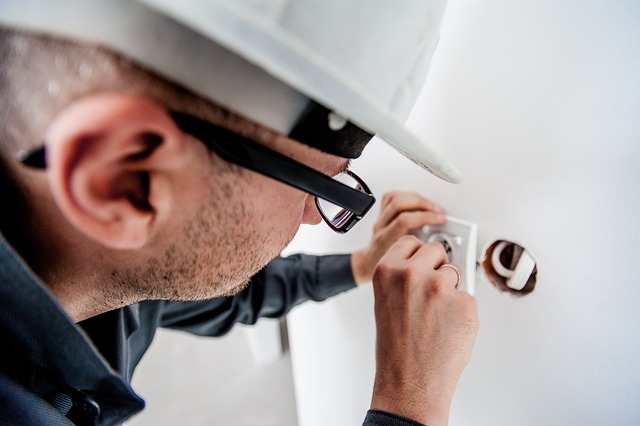Tackling electrical projects on your own can be rewarding, but it also comes with serious risks. While some small projects can be handled safely with the right knowledge, others should be left to professionals.
If you’re planning a DIY electrical project, safety should be your top priority. Following these important tips will help you complete your work correctly while avoiding dangerous mistakes.
Choose the Right Wire Gauge
Using the wrong wire size is a common mistake in DIY electrical work. Wires come in different gauges, and each has a specific amperage rating. Using a wire that’s too thin for the circuit can cause overheating and increase the risk of a fire. Always check the electrical load before selecting a wire size. If you’re unsure, consult an electrician.
Never Mix Aluminum and Copper Wiring
Older homes may have aluminum wiring, which reacts differently than copper. Mixing the two without proper connectors can cause corrosion and create a fire hazard. If you’re replacing outlets or making new connections, make sure the wiring material matches, or use approved connectors specifically designed for aluminum-to-copper connections.
Test for Live Wires Before You Start
Even if you’ve switched off the breaker, never assume wires are safe to touch. Use a non-contact voltage tester to confirm the circuit is dead before beginning work. Some circuits may still carry residual current, which can cause serious injury.
Secure Wires to Prevent Movement
Loose wires inside electrical boxes can cause shorts or disconnections over time. When installing a switch, outlet, or junction box, make sure all wires are neatly arranged and secured. Use electrical tape or cable ties where necessary, but never compress wires too tightly, as this can damage insulation.
Use Electrical Boxes for All Connections
Never make wire connections outside of an approved electrical box. Open splices left exposed in walls or ceilings are a major fire hazard. If you need to extend wiring, install a proper junction box to enclose the connection securely.
Install GFCI Outlets in Wet Areas
Wet areas, such as bathrooms, kitchens, and outdoor spaces, require ground fault circuit interrupter (GFCI) outlets. These outlets shut off power instantly if they detect moisture or an electrical fault, reducing the risk of electrocution. If your home doesn’t have GFCI outlets in these areas, consider installing them for added safety.
Use Tamper-Resistant Outlets to Keep Children Safe
Young children can easily get hurt by standard outlets. Tamper-resistant outlets have internal shutters that block foreign objects, reducing the risk of shocks. Modern building codes require these outlets, making them a safer choice for any home.
Check and Correct Outlet Polarity and Grounding
Replacing an outlet requires more than just matching wire colors. Some older homes have miswired circuits, causing improper grounding or reversed polarity. Test the wiring with a plug-in circuit tester after installation to confirm proper connections before using the outlet.
Label Breakers Clearly for Future Safety
An unlabeled breaker panel makes troubleshooting difficult. If you’re working on your electrical system, take the time to label circuits accurately. This helps prevent confusion when shutting off power for future maintenance or emergency repairs.
Know When to Call an Expert
Some projects are too dangerous for DIY work. If you need to upgrade an electrical panel, rewire part of your home, or troubleshoot complex issues like flickering lights or frequent breaker trips, hire a licensed electrician. Professional workguarantees your electrical system remains safe and up to code.
Thinking about tackling an electrical project on your own? While DIY electrical work can be satisfying, it also comes with serious risks if not done correctly. At Kazar’s Electric Inc., we prioritize safety and expert craftsmanship in every electrical project. Call ustoday for reliable electrical solutions you can trust.

